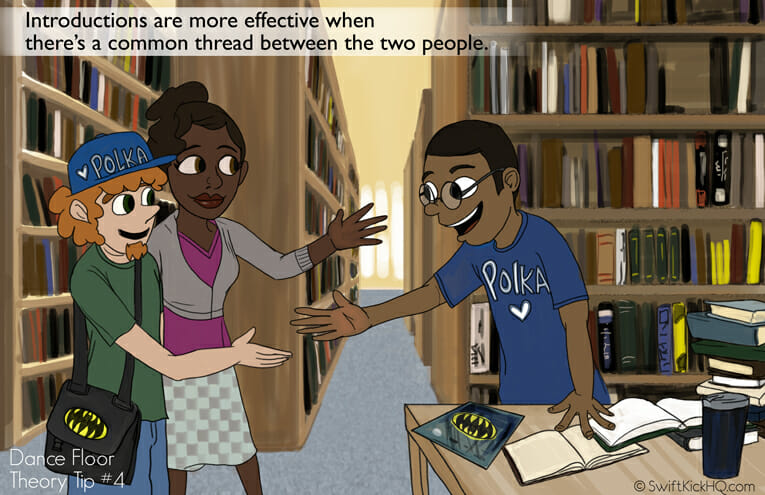A common practice of mine during my trainings to greet as many of the participants ahead of time. During one training, a guy walked in wearing a unique looking Batman shirt, so I made a comment. His face lit up, and he excitedly said to me, “Did you know that today is International Batman Day?” Having no clue that such a day existed, I shook my head and asked him to tell me more. He then went on to tell me that once a year on May 1st, any true Batman fan will wear clothing showing the Batman symbol. The symbol acts as a sort of “Bat Signal” to other true fans, so you both know that you both know. I thanked him for the information, and he went into the room to find his seat.
Ten minutes later, a woman walked in wearing a Batman shirt. I pointed at her shirt with a big smile and said loudly, “Did you know that today is…” and she cut me off to finish my sentence, “International Batman Day!?”
“Yes!” we both replied at the same time.
I then told her that I’d love to introduce her to someone. She followed me over to the original Batman fan. As soon as they met, what do you think they talked about? Batman! They went deep into the intricacies of who they thought played Batman the best (Christian Bale), and Bruce Wayne’s online screen name (JonDoe297). They were instantly connected, which brings me to DFT Lesson #4.
Introductions are more effective when there’s a common thread.

If you can find some way to connect people around a shared affinity, they are more likely to feel social comfort faster. They feel comfortable in these affinity groups because they are with someone that “gets them.” The shared affinity also gives both people something to talk about. Otherwise, they are stuck awkwardly bouncing around topics, trying to find something in common.
The Value of Affinity Groups
Introductions don’t have to come just from hobbies or music interests. They can also be generated based on work knowledge and skills. In larger organizations, knowledge management (KM) and knowledge transfer throughout the organization is a massive operation, and a massive challenge. According to the book The Happiness Advantage,* IBM was able to quantify that the value of each new connection made between employees is worth $948 in revenue.
Think about that for a moment. If you knew that each time you helped to facilitate affinity groups within your organization, there was a quantifiable value, I bet you’d be more likely to integrate introductions into your daily habits. Well, now you know!